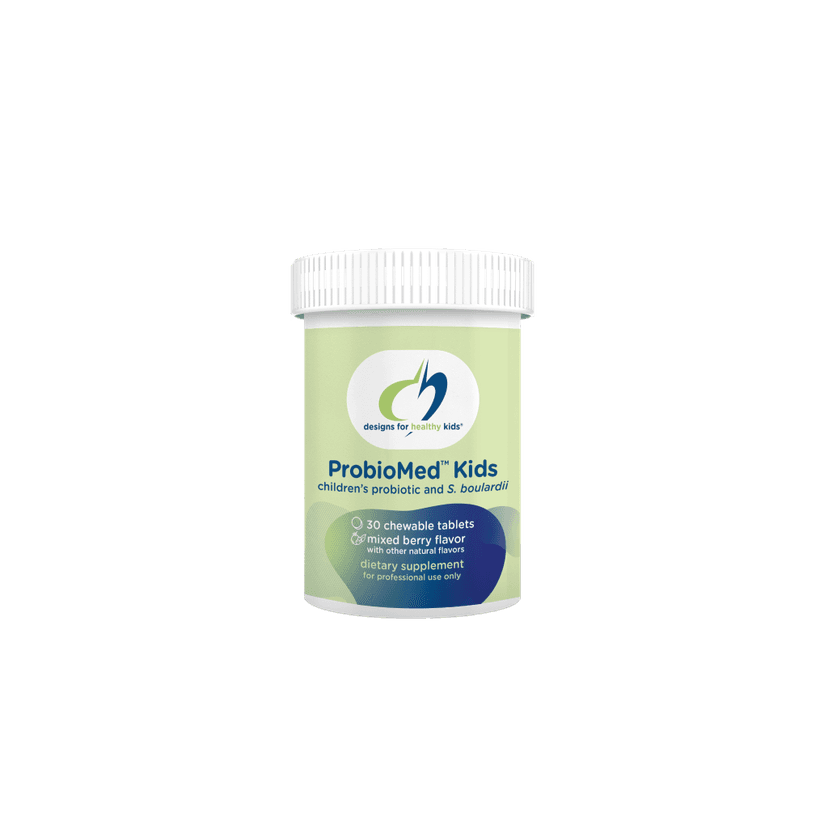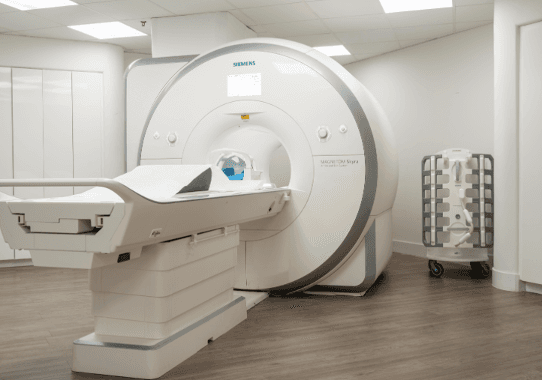Exosomes are tiny bubbles released by cells that play a big role in how cells talk to each other. These small vesicles are like messengers, carrying important information from one cell to another. Scientists are excited about exosomes because they can tell us a lot about what's happening inside our bodies, especially when it comes to diseases like cancer and heart problems. This article will explore how exosomes are made, how they work in the immune system, their role in cancer, and their potential for diagnosis and treatment.
Key Takeaways
- Exosomes are small vesicles that help cells communicate by transporting important molecules.
- They play a significant role in the immune system, including activating and suppressing immune responses.
- In cancer, exosomes can influence tumor growth and spread by interacting with the tumor environment.
- Exosomes have potential as biomarkers for diagnosing diseases and as tools for new treatments.
- Technological advances are improving how we study and use exosomes in medicine.
Exosome Biogenesis and Release
Formation of Multivesicular Bodies
Exosomes are tiny vesicles formed inside cells. They start as early endosomes, which are small bubbles that form when the cell membrane folds inward. These early endosomes can either go back to the cell surface or turn into late endosomes. Inside these late endosomes, smaller bubbles called intraluminal vesicles (ILVs) form. These ILVs are the precursors to exosomes. The process is energy-dependent and involves several proteins like SNAREs and Rabs.
Mechanisms of Exosome Secretion
Once the ILVs are formed, the late endosome becomes a multivesicular body (MVB). The MVB can then fuse with the cell membrane to release the ILVs as exosomes into the extracellular space. This release is controlled by various molecular players, including Ras GTPases. The exosomes can then travel to other cells and deliver their contents, which include proteins, lipids, and different types of RNA.
Molecular Composition of Exosomes
Exosomes are packed with a variety of molecules. They contain proteins, lipids, DNA, messenger RNA (mRNA), microRNA (miRNA), and other non-coding RNAs. This diverse cargo allows exosomes to play multiple roles in cell communication and disease processes. The exact composition can vary depending on the cell type and the conditions under which the exosomes are produced.
Exosome biogenesis is a finely tuned process involving multiple steps and various molecular players. Understanding this process is crucial for harnessing the potential of exosomes in diagnostics and therapy.
Exosomes in Immune System Communication
Role in Immune Cell Activation
Exosomes are tiny vesicles that play a crucial role in activating immune cells. They carry proteins, lipids, and RNA that can influence the behavior of immune cells like T cells, B cells, and dendritic cells. These vesicles help in presenting antigens to T cells, thereby initiating an immune response. This process is vital for the body to recognize and fight off pathogens effectively.
Exosome-Mediated Immune Suppression
While exosomes can activate immune cells, they can also suppress the immune system. Tumor-derived exosomes, for instance, can carry molecules that inhibit the activity of immune cells, allowing cancer cells to evade detection. This dual role makes exosomes a double-edged sword in immune regulation.
Impact on Inflammatory Responses
Exosomes also play a significant role in modulating inflammatory responses. They can either promote or reduce inflammation depending on the context. For example, exosomes from stressed or damaged cells can trigger an inflammatory response to alert the immune system. On the other hand, exosomes from certain types of cells can carry anti-inflammatory molecules that help in resolving inflammation.
Exosomes are versatile players in the immune system, capable of both activating and suppressing immune responses. Their ability to modulate inflammation adds another layer of complexity to their role in immune regulation.
Exosomes in Cancer Progression
Exosomes are tiny particles released by cancer cells. They carry important molecules like proteins and nucleic acids. These molecules can change how nearby cells behave, helping the tumor grow and spread. Exosomes can even help cancer cells avoid the immune system.
The tumor microenvironment is the area around a tumor, including other cells, blood vessels, and molecules. Exosomes can change this environment to make it easier for the tumor to grow. They can help create new blood vessels, which tumors need to get nutrients. They can also make the area around the tumor more supportive for cancer growth.
Metastasis is when cancer spreads to other parts of the body. Exosomes play a big role in this process. They can prepare distant organs to receive cancer cells, making it easier for the cancer to spread. This makes exosomes a key player in the most dangerous aspect of cancer.
Diagnostic and Therapeutic Potential of Exosomes
Exosomes as Biomarkers
Exosomes have gained significant attention as potential biomarkers for various diseases. Their ability to carry specific proteins, metabolites, and nucleic acids makes them ideal candidates for early disease detection. Researchers are exploring their use in diagnosing conditions like cancer, cardiovascular diseases, and neurodegenerative disorders. The small size and stability of exosomes allow them to be detected in various body fluids, including blood, urine, and saliva.
Therapeutic Applications
Exosomes are not only useful for diagnosis but also hold promise as therapeutic tools. Their biocompatibility and ability to protect genetic cargo from degradation make them attractive for delivering therapeutic agents. Scientists are investigating engineered exosomes to deliver drugs, RNA molecules, and other therapeutic substances directly to target cells. This targeted delivery could potentially reduce side effects and improve treatment efficacy.
Challenges in Clinical Implementation
Despite their potential, there are several challenges in bringing exosome-based therapies to the clinic. These include:
- Isolation and Purification: Developing efficient and scalable methods to isolate and purify exosomes.
- Characterization: Ensuring the consistent characterization of exosome populations.
- Regulatory Hurdles: Navigating the complex regulatory landscape for approval.
- Safety and Efficacy: Demonstrating the safety and efficacy of exosome-based therapies in clinical trials.
The use of exosomes in clinical settings is becoming more feasible, with ongoing research and clinical trials showing promising results. However, overcoming these challenges is crucial for their successful implementation in healthcare.
Exosomes in Cardiovascular Diseases
Role in Myocardial Infarction
Exosomes play a crucial role in myocardial infarction by transporting proteins and RNAs that can influence heart cell behavior. They help in repairing damaged heart tissue by promoting the growth of new blood vessels and reducing cell death. This makes them a potential target for new treatments.
Impact on Stroke
In the case of stroke, exosomes can carry molecules that protect brain cells from damage. They help in reducing inflammation and promoting cell survival. This can lead to better recovery outcomes for stroke patients.
Involvement in Vascular Diseases
Exosomes are also involved in various vascular diseases. They can influence the function of blood vessels by carrying signaling molecules that regulate blood vessel growth and repair. This makes them important in conditions like atherosclerosis and hypertension.
Exosomes are tiny but powerful players in cardiovascular health, offering new avenues for treatment and recovery.
Technological Advances in Exosome Research
Isolation Techniques
Recognizing the diversity of exosomes is crucial for understanding their content and function. Current methods for isolating exosomes include ultracentrifugation, size exclusion, and immunoaffinity isolation. These techniques help in separating exosomes from other cellular components, ensuring a purer sample for study.
Characterization Methods
To analyze exosomes, scientists use various methods such as nanoparticle tracking, electron microscopy, flow cytometry, and western blots. These techniques allow researchers to determine the size, shape, and molecular makeup of exosomes, providing insights into their roles in cell communication and disease.
Emerging Analytical Tools
New tools and dyes are being developed to advance the study of exosome physiology. These innovations are essential for translating exosome research into clinical applications, such as using exosomes as biomarkers for disease diagnosis and therapy evaluation.
Ongoing progress in the isolation, characterization, and purification of exosomes is key to unlocking their potential in medicine.
Conclusion
In conclusion, exosomes play a crucial role in cell communication and disease. These tiny vesicles act like messengers, carrying important information from one cell to another. They help cells talk to each other and can even travel through the body to deliver their messages. Scientists are learning more about how exosomes work and how they can be used to diagnose and treat diseases. By studying exosomes, we can find new ways to understand and fight illnesses, making them a key focus in medical research.
Frequently Asked Questions
What are exosomes?
Exosomes are tiny vesicles released by cells to send messages to other cells. They are like small packages that carry proteins, lipids, and genetic material.
How are exosomes formed?
Exosomes are formed inside cells in structures called multivesicular bodies. These bodies either merge with lysosomes to break down or fuse with the cell membrane to release exosomes.
What role do exosomes play in the immune system?
Exosomes help activate immune cells, suppress immune responses, and influence inflammation. They are important for communication between immune cells.
How do exosomes contribute to cancer?
Exosomes from tumors can change the environment around the tumor, help the tumor grow, and assist in spreading cancer to other parts of the body.
Can exosomes be used for medical diagnosis?
Yes, exosomes can be used as biomarkers to diagnose diseases. They carry information from their cell of origin, which can help identify health conditions.
What are the challenges in using exosomes for therapy?
Challenges include isolating pure exosomes, understanding their complex roles, and ensuring they are safe and effective for treatment.


















